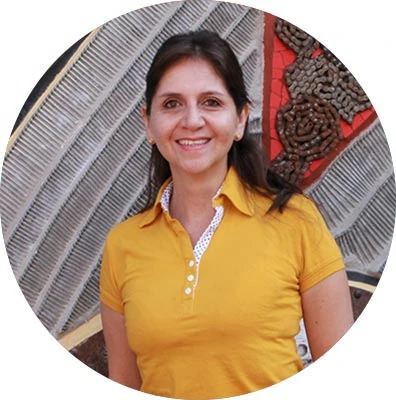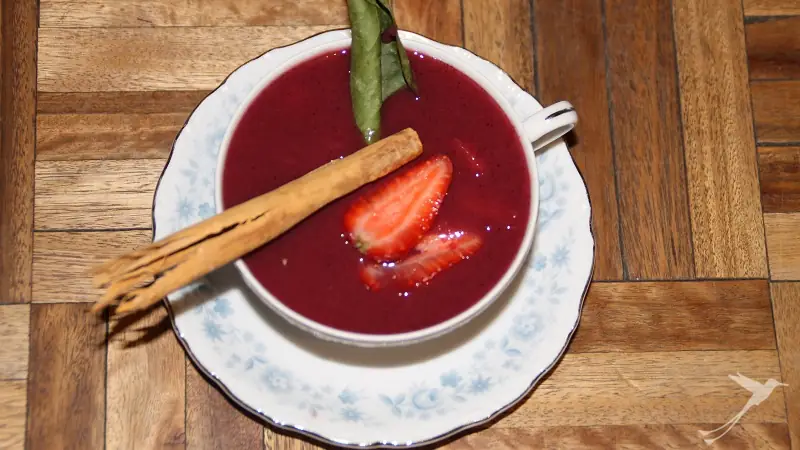
For the Ecuadorians, each year November 2 is the day to commemorate in different ways the Day of the Dead. The “Día de los Muertos” which was celebrated in Ecuador last week is an old tradition since pre-Inca times.
In pre-Inca times
In pre-Inca times the burying of the dead was an important ritual that followed the indigenous cosmovision. The different associations and perceptions led to different ways of interring the dead bodies. One typical way was to place the dead person in a fetal position inside a clay vessel with food like corn, salt, ají (chili) and coca leaves. Depending on the hierarchical position, the interred person was accompanied with gold, spondylus shells, weapons and as a ritual the wife was sacrificed and interred with her husband. These gifts were placed around the dead body since the people believed in life after death and wanted to provide the dead person with items they might need later.
In times of the Spanish conquerors
When the Spanish conquerors arrived, this culture adapted to the Catholic Church and its catholic calendar. The cultural expressions changed to the remembrance of and preaching for the dead.
Today
In Ecuador the Day of the Dead is celebrated by visiting the graves, cleaning and decorating them with flowers. In some places in Ecuador you can still observe some old traditions. One of them is the cemetery of Calderón in the province Pichincha, where family members prepare the favorite meal of the dead relatives, eat it next to the grave and talk to each other about the latest happenings.
Traditional food
Moreover you can enjoy a diverse gastronomy every November 2. For example the Ecuadorians serve the famous “Colada Morada” (hot fruit drink) with the “Guagua de pan” (bread doll). But how did this tradition develop? The Colada Morada was known by the Incas as “Sango” which was offered to the dead people. The original recipe had black corn and llama blood. Today it contains black corn, aromatic herbs and fruits. The Guaguas represent the scene in the bible where King Herodes ordered to decapitate newly born children.

The step from life to death hides many mysteries which are expressed by these different traditions. Nevertheless, all of them have their own charm and if you were in Ecuador last week you should have tried the delicious gastronomy. If not, we will hopefully see you next year during the day of the dead!
If you would like to try to prepare specialties yourself, read about traditional Ecuadorian recipes in our blog post.
.







